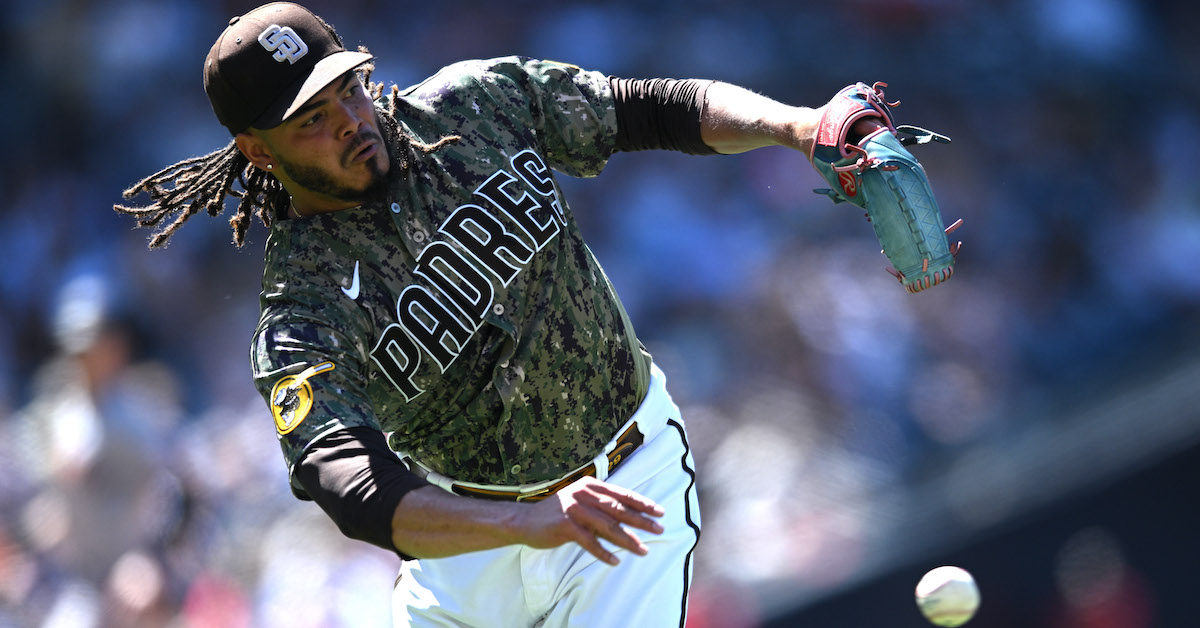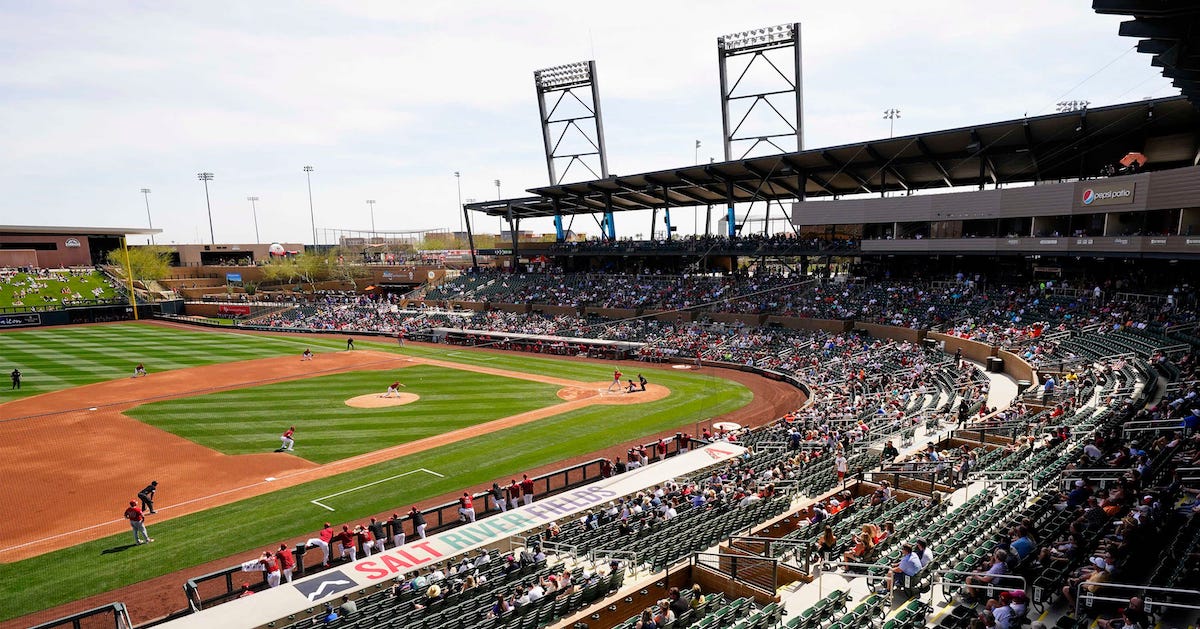Sunday Notes: Nolan Jones Hopes To Turn 4 O’Clock Into 7 O’Clock in Colorado
Nolan Jones might be ready to break out in Colorado, and turning 4 o’clock into 7 o’clock is how he would go about doing it. His time in Cleveland over — the Rockies acquired the rangy 6-foot-4 outfielder from the Guardians earlier this week in exchange for Juan Brito — Jones heads west with a swing that is, by his own admission, compact in the cage and too long in the batter’s box. Striking an effective balance between the two is an ongoing goal and a key to his future success.
“I’ve got really long levers, so I’m trying to simplify my moves and make them more efficient,” Jones told me earlier this summer. “Like anybody else, my moves become bigger in the game, and when your limbs are long, a two-inch move in the cage can become a six-inch move. My swings in the cage are those toned-down moves. I’m trying to be shorter to where, when they get bigger in the game, they’re right where I want them to be.”
Reaching his potential has been a frustrating endeavor for the 24-year-old. Selected in the second round of the 2016 draft out of Philadelphia’s Holy Ghost Preparatory School, Jones has ranked as Cleveland’s top prospect multiple times, and he was No. 51 in our Top 100 as recently as the spring of 2021. What has largely held him back is a penchant to swing-and-miss, a trait that accompanied him to the big leagues this season. Along with a .244/.309/.372 slash line over 94 plate appearances, the rookie had a 33% strikeout rate and a worst-on-the-club 71.6% Z-contact rate. Given the Guardians’ preference for hitters who can consistently put the ball in play, Jones no longer fitting into their plans comes as no surprise. Read the rest of this entry »






